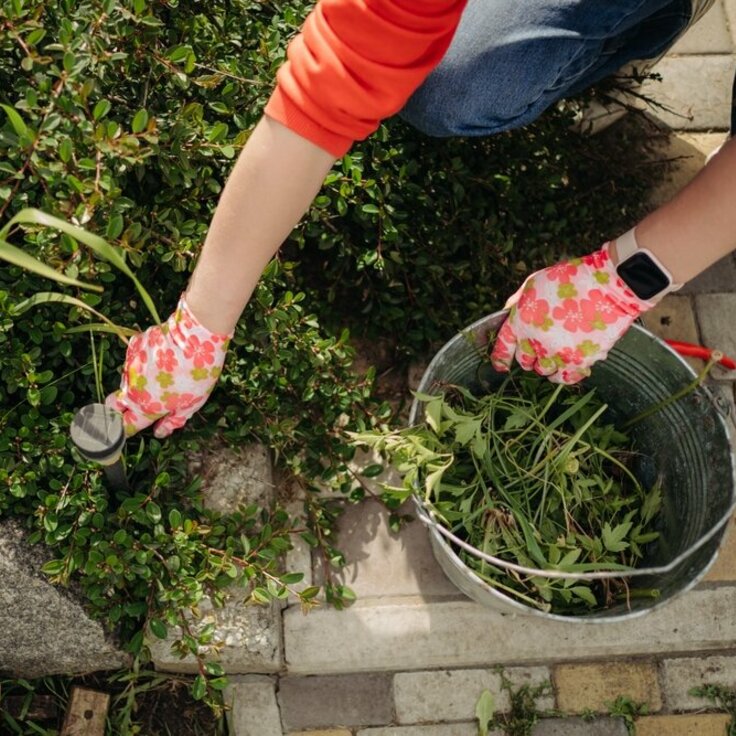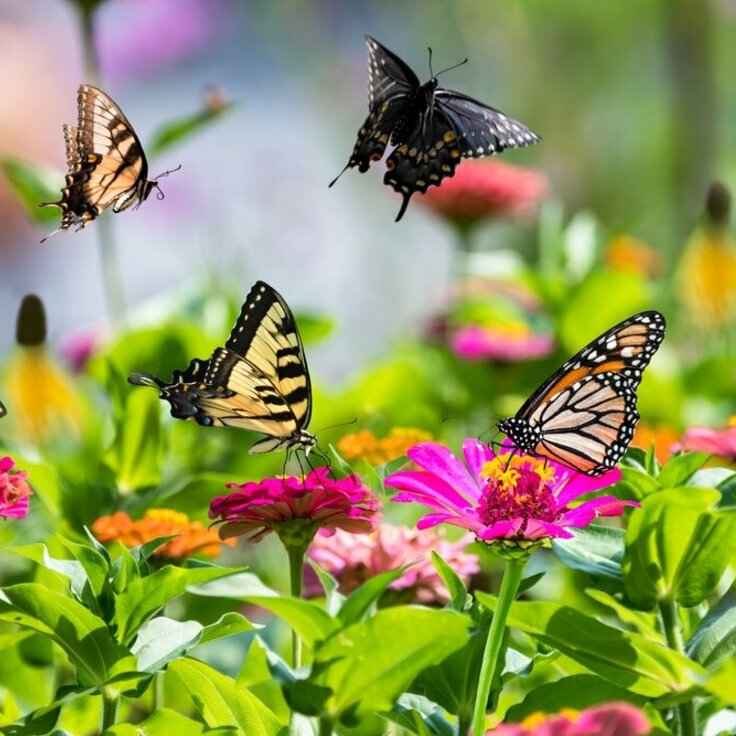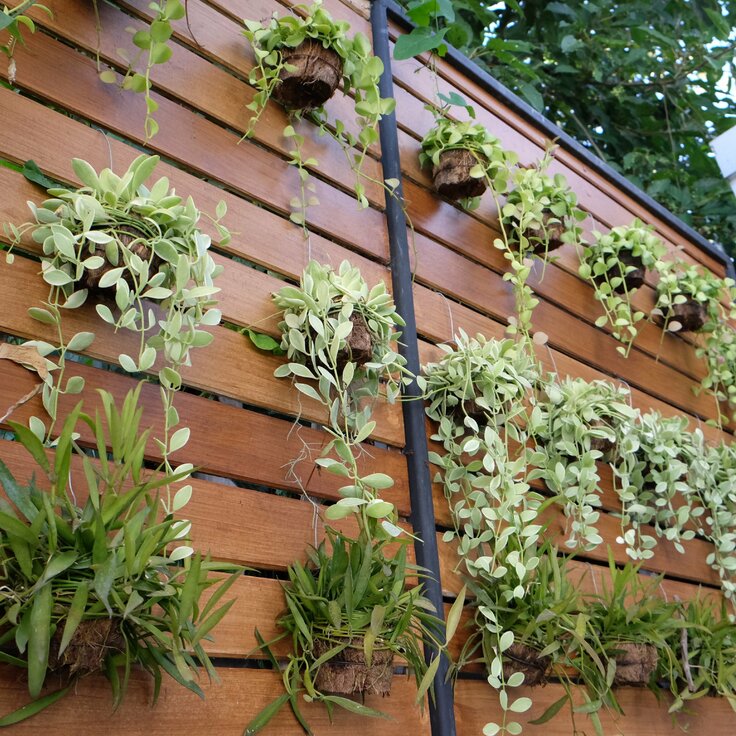Effective Strategies for Wasp Nest Removal
Dealing with a wasp nest can be a daunting task, particularly if you’re not familiar with the behaviour of these insects. Wasps are known for their aggression, especially when their nest is disturbed. A wasp nest is typically constructed in hidden areas such as under eaves, in loft spaces, or in trees. These nests can vary in size, from small and inconspicuous to large and very noticeable. Understanding the structure and location of the nest is crucial for effective wasp nest removal.
Assessing the Situation
Before proceeding with wasp nest removal, it's essential to assess the situation carefully. Observe the nest from a safe distance to determine the level of activity around it. This will help you gauge the number of wasps and the best time to tackle the nest. Wasps are usually less active in the early morning or late evening, making these times the most suitable for removal. Always ensure that you have appropriate safety gear, including a protective suit, gloves, and a mask, to reduce the risk of stings.
DIY Methods for Removal
For those who prefer a DIY approach, there are several methods to remove a wasp nest. One common technique involves using a wasp-specific insecticide spray, which can be purchased from most hardware stores. Stand at a safe distance and spray the insecticide directly into the entrance of the nest. It’s important to follow the manufacturer’s instructions carefully to ensure the product is used effectively. Remember, safety should be your top priority; if the nest is large or in a difficult location, it may be best to call a professional.
When to Call the Professionals
In some cases, wasp nest removal can be too risky or complex to handle alone. If the nest is situated in a hard-to-reach area or if you're dealing with a particularly aggressive wasp species, professional help is recommended. Pest control experts have the necessary equipment and experience to safely and efficiently handle wasp nests. They can assess the situation and use specialised techniques to ensure that the nest is removed and that the wasps do not return.
Preventing Future Nests
Once the wasp nest has been removed, it’s important to take steps to prevent future infestations. Wasps are often attracted to food sources, so keeping outdoor areas clean and free of food scraps can help deter them. Sealing any potential entry points around your home will also reduce the chances of a new nest being built. Regular inspections of your property can help identify any signs of wasp activity early, allowing you to address potential issues before they become significant problems.








